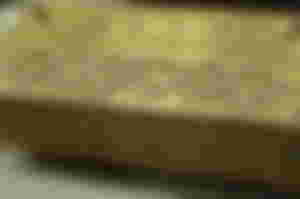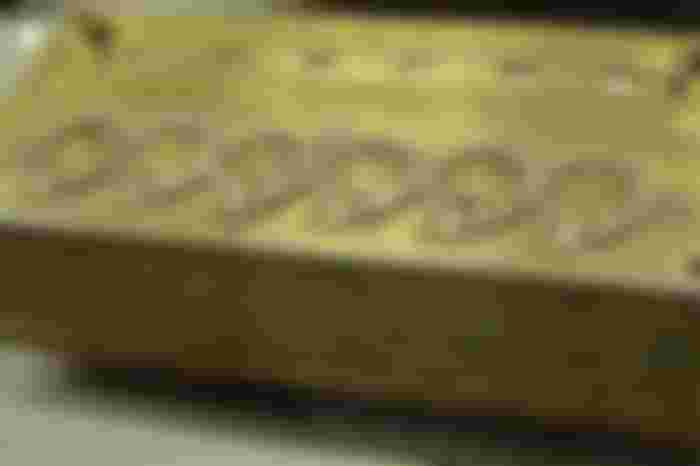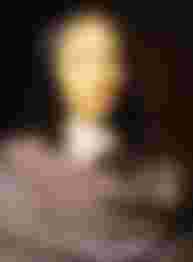
Blaise Pascal invented the first digital calculator, Pascaline.
The French inventor, Blaise Pascal, was one of the most famous mathematicians and physicists of his time. He admits that he invented an early calculator, incredibly more advanced for its time, called Pascaline.
A genius from his youth, Blaise Pascal wrote a treatise on the communication of sounds at the age of twelve, and at the age of sixteen he compiled a treatise on conical sections.
The life of Blaise Pascal
Blaise Pascal was born in Clermont on June 19, 1623, and died in Paris in August.
19, 1662. His father was a local judge and tax collector in Clermont, and himself had a scientific reputation. He moved to Paris in 1631, partly to prosecute his own scientific studies, partly to continue the education of his only son, who had already shown exceptional ability. Blaise Pascal was kept at home to ensure that he was not overworked, and with the same subject it was instructed that his education should initially be limited to the study of language and should not involve any mathematics. This, of course, aroused children's curiosity, and one day, at the age of twelve, he wondered what consisted of geometry. His tutor replied that the science of constructing exact figures and determining the proportions between their different parts. Blaise Pascal, without a doubt, stimulated the ban on reading, gave up time to play in a new studio, and in a few weeks he discovered many properties of figures, especially the proposal that the sum of the angles of a triangle be equal to double right angles.

At the age of fourteen, Blaise Pascal was admitted to the weekly meetings of Roberval, Mersenne, Mydorge, and other French geometries; from which, in the end, the French Academy started. Sixteen Blaise Pascal wrote an essay on conical sections; and in 1641, at the age of eighteen, he built the first arithmetic machine, an instrument which he further improved eight years later.
His correspondence with Fermat shows that he then turned his attention to analytical geometry and physics. He repeated Torricelli’s experiments, by which atmospheric pressure could be estimated as weight, and confirmed his theory of the causes of barometric variations by obtaining the same current readings at different altitudes on Puy-de-Dome hill.
In 1550, when in the middle of this research, Blaise Pascal suddenly abandoned his favorite activities of studying religion or, as he says in his pensions, "contemplates the greatness and misery of man" and at about the same time persuaded the younger of his sisters to enter society. Port Royal.
In 1653, Blaise Pascal had to manage his father's property. He took his old life again and did several pressure experiments with gases and liquids; during this period he invented the arithmetic triangle, and together with Fermat created the calculus of probability. He meditated on marriage when misfortune again turned the stream of his thoughts into religious life. He rode a four-year-old on November 23, 1654, when the horses fled; the two leaders collapsed over the bridge bridge at Neuilly, and Blaise Pascal was saved only by clues.
Always somewhat mystical, he considered this a special invitation to leave the world. He wrote about the accident on a small parchment, which he carried next to his heart until the end of his life, to constantly remind him of his alliance; and soon moved to Port Royal, where he continued to live until his death in 1662. Constitutionally delicate, he hurt his health with his constant research; from the age of seventeen or eighteen he suffered from insomnia and acute dyspepsia, and at the time of his death was physically exhausted.
Pascaline
The idea of using machines to solve mathematical problems can be traced back at least to the beginning of the 17th century. Mathematicians who designed and applied calculators that were capable of addition, subtraction, multiplication, and division included Wilhelm Schickhard, Blaise Pascal, and Gottfried Leibniz.
In 1642, at the age of eighteen, Blaise Pascal invented his numerical wheel calculator called Pascaline, to help his father calculate the taxes of a French tax collector. Pascalin had eight movable dials that added up to eight long-sum figures and used a base of ten. When the first dial (one column) moved ten commas — the second flash moved one comma to represent a ten-year reading column of 10 — and when the ten dots moved ten notches, the third dial (one hundred columns) moved one comma representing one hundred and so that.
Blaise Pascal's Other Inventions
Roulette Machine- Blaise Pascal introduced a very primitive version of the roulette machine in the 17th century. Roulette was a byproduct of Blaise Pascal's attempt to invent a machine for continuous starting.
Wristwatch - The first reported person to actually wear a watch on his wrist was the French mathematician and philosopher Blaise Pascal. With a piece of wire, fasten the pocket watch to the wrist.
Pascal (Pa) - A unit of atmospheric pressure called the Blaise Pascal part, whose experiments greatly increased knowledge of the atmosphere. Pascal is the force of one Newton acting on an area of one square meter. It is a unit of pressure determined by the International System. l00, OOO Pa = 1000mb 1 bar.
Pascal Language
Computer scientist Nicklaus Wirth, who named his new computer language Pascal in 1972 (and insisted on writing Pascal, not PASCAL), recognized Blaise Pascal's contribution to computing.


I really like the story!